In order to help my students understand this difficult concept, I use a couple of different activities during this lesson.
To introduce this lesson, I give each student a copy of my Polygon Geome"tree". This graphic organizer classifies polygons, and puts them in order using a tree chart. On the back, each polygon is listed with a definition describe each shape's attributes. You can download this graphic organizer for free here. This graphic organizer works great as a polygon study guide as well.
Next I show my students the YouTube video Math Mansion Show 34 Get Back in Shape and Be a Square. This short video examines parallelograms, and shows students how to classify quadrilaterals. I like the visuals used in this program, and my students enjoy the humor.
After we watch this short clip, I like to create an anchor chart like the one used in the video. I post this chart in the room, and keep it up throughout the unit. The chart below is the anchor chart I created this year. I added a trapezoid off to the side to show that he doesn't fit into the parallelogram club.
Then I have my students create different quadrilaterals using Geoboards. I give them clues for creating their shapes. For example, I don't just ask them to create a square. Instead I would ask them to create a quadrilateral with four right angles and four equal sides. My student can use their Polygon Geome"tree" graphic organizer to help them with this activity. After they have created their quadrilateral, I have them hold up their Geobaords so I can check for understanding.
Finally, I use my All About Polygons Lesson Pack to instruct and assess the students. This pack includes a presentation about polygons with an interactive quiz, and three leveled assessments (with answer keys) to meet the needs of all of your students.
By the end of this lesson, my students are polygon masters! What strategies do you use while teaching this concept?


.JPG)
.JPG)

0 comments